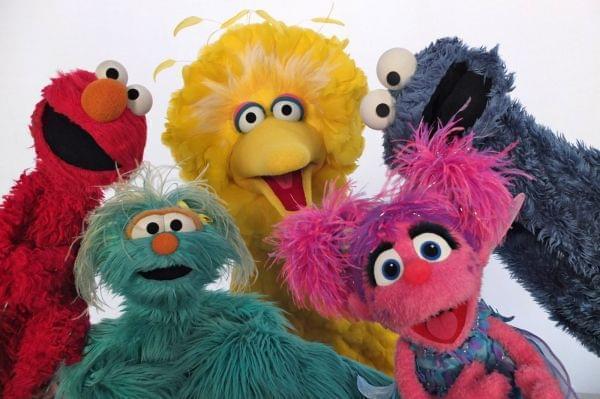I May Be Overthinking Things

Sesame Street's Muppet gang. Courtesy of © 2015 Sesame Workshop. All rights reserved.
When Sesame Street’s 46th season begins this fall, expect a new look to the old avenue. Sesame Workshop, producers of the eternal educational kids’ TV series, announced that new locations have been added to the iconic set in order to “familiarize preschoolers with the homes of their Sesame friends by anchoring them in places around the neighborhood.” They stress the importance to children of a sense of place and belonging in a rapidly-changing world.
I welcome the news, because it finally addresses something that has nagged me for years: when the Sesame Street Muppets end a busy day of numbers and shapes, where do they go? Big Bird has his nest and Oscar his trash can, sure. Bert and Ernie share an apartment in the brownstone at 123 Sesame Street. The Count resides in one of those gothic castles commonly found in Manhattan. But most of the other recurring characters wander into the neighborhood like fuzzy vagabonds. Don't they have homes? Where, for example, does the Two-Headed Monster hang his hats?
I’ve always wondered far too much about these sorts of things, much to the delight and/or annoyance of those around me. I used to pass the time speculating about the Neighborhood of Make-Believe, and why it was that “real” people such as Betty Aberlin existed in both worlds, yet Mr. Rogers never imagined himself visiting King Friday’s castle. (Of course, the real reason was that Fred was voicing most of the puppets, but reality rarely entered into my musings.)
Other things that continue to trouble me:
- On Daniel Tiger’s Neighborhood, Katerina Kittycat is the daughter of Henrietta Pussycat, which implies that at one point there was a Mr. Kittycat. What happened to him? Did he go out for a saucer of milk one night and never return?
- Dinosaur Train’s focus on natural history and life science means that it explains the difference between herbivores and carnivores, yet Buddy the Tyrannosaurus Rex has any number of (delicious) friends. And let’s not even talk about those well-attended, open-air concerts performed by “King” Cryolophosaurus. “Dinner and a show” takes on a new meaning.
- There’s a vampire--a card-carrying, number-counting member of the undead--on Sesame Street. Should this be cause for concern?

